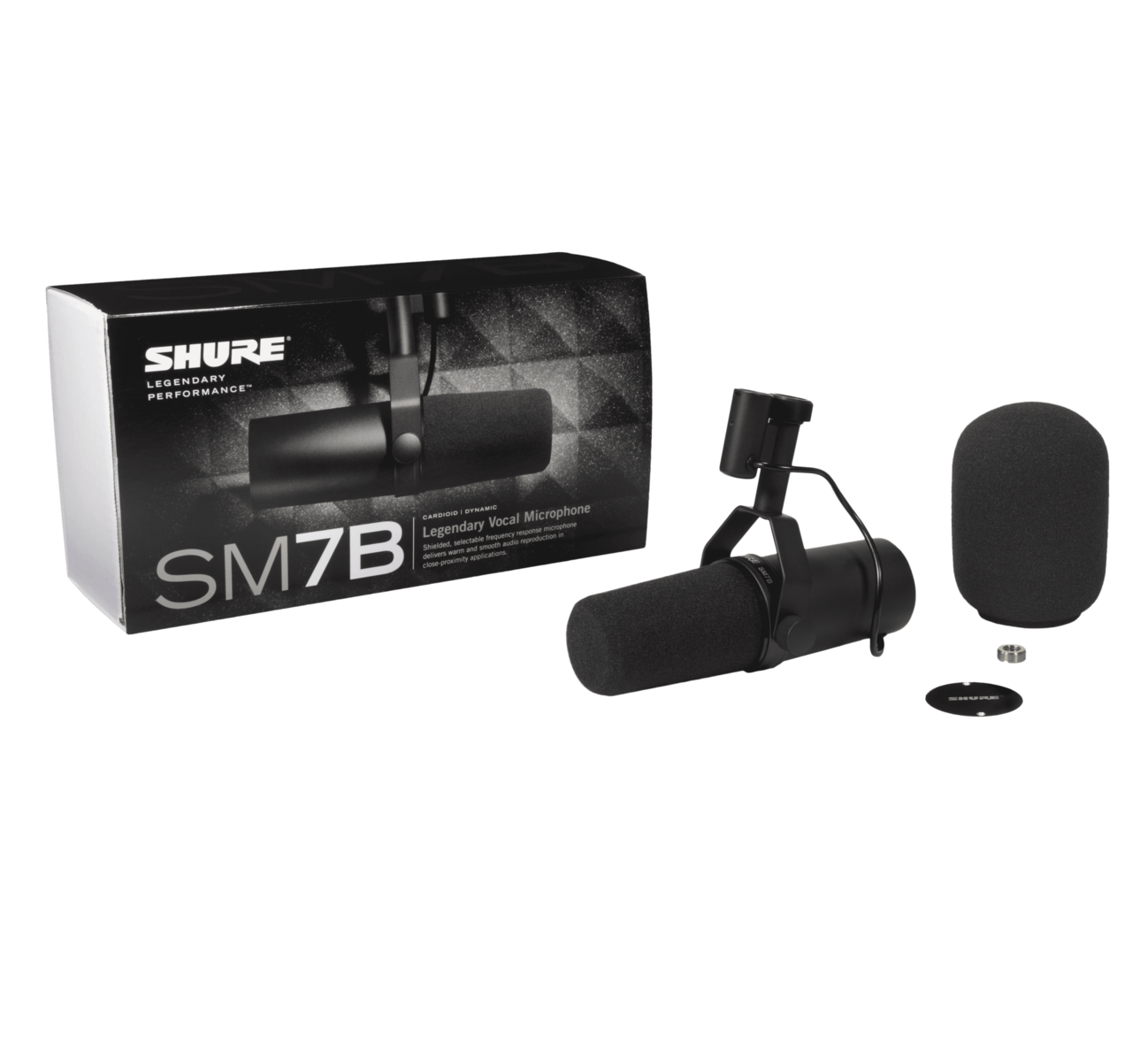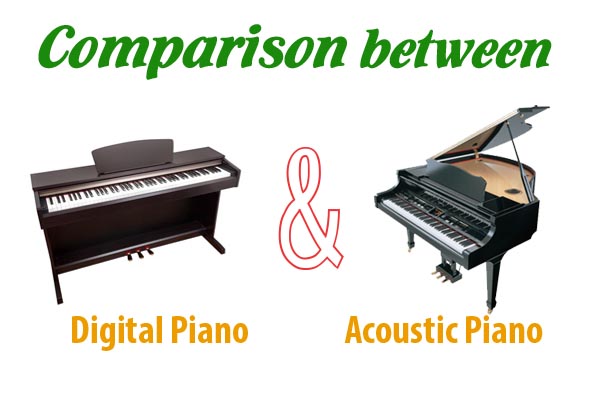As fellow music enthusiasts, we at Music Shop Nepal understand the importance of having high-quality audio equipment. Whether you’re a professional musician, a budding producer, or just someone who enjoys good music, having the right gear can make all the difference.
That’s why we’re excited to introduce you to Audio Shop Nepal, a leading retailer of audio equipment in Nepal. They offer a wide range of products, including guitars, microphones, audio interfaces, DJ controllers, headphones, and even pianos. No matter what your audio needs are, they’ve got you covered.
At Audio Shop Nepal, you can find some of the best brands in the business, including Universal Audio, MXL, MOTU, and Boss. Their team of experts is always on hand to answer any questions you might have, and they pride themselves on their top-notch customer service.
For those who are into recording and production, Audio Shop Nepal offers an extensive selection of microphones, audio interfaces, and studio monitors. Brands like MXL, MOTU, and Universal Audio can be found on their website, and their team of experts is always ready to help you pick the best gear for your needs.
If you’re a DJ, Audio Shop Nepal has got you covered too. They offer a variety of DJ controllers and mixers from brands such as Pioneer, Numark, and Native Instruments, along with headphones and other accessories that will make your gigs even more awesome.
And for those who are into pianos, Audio Shop Nepal carries a range of digital and acoustic pianos from brands like Yamaha, Korg, and Casio.
What sets Audio Shop Nepal apart is its commitment to providing top-notch customer service. Their team of experts is knowledgeable and passionate about music and audio equipment, and they’re always happy to answer any questions you might have. They also offer competitive pricing and fast shipping, so you can get your gear as soon as possible. Get in touch with them via Facebook, Instagram, or WhatsApp as well.
So if you’re in the market for some new audio gear, be sure to check out Audio Shop Nepal. You won’t be disappointed with their selection, prices, or service. And don’t forget to tell them that Music Shop Nepal sent you!








